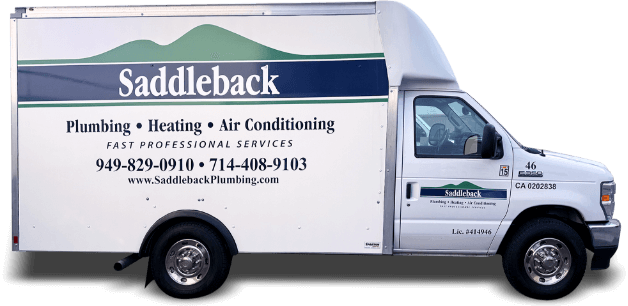High Efficiency Northwood Furnaces: Chimney Concerns
January 11th, 2012When upgrading to a high efficiency gas furnace in Northwood, you may need to make some upgrades to your chimney. Older chimneys built for standard furnaces with normal exhaust needs are not built to the specifications…

